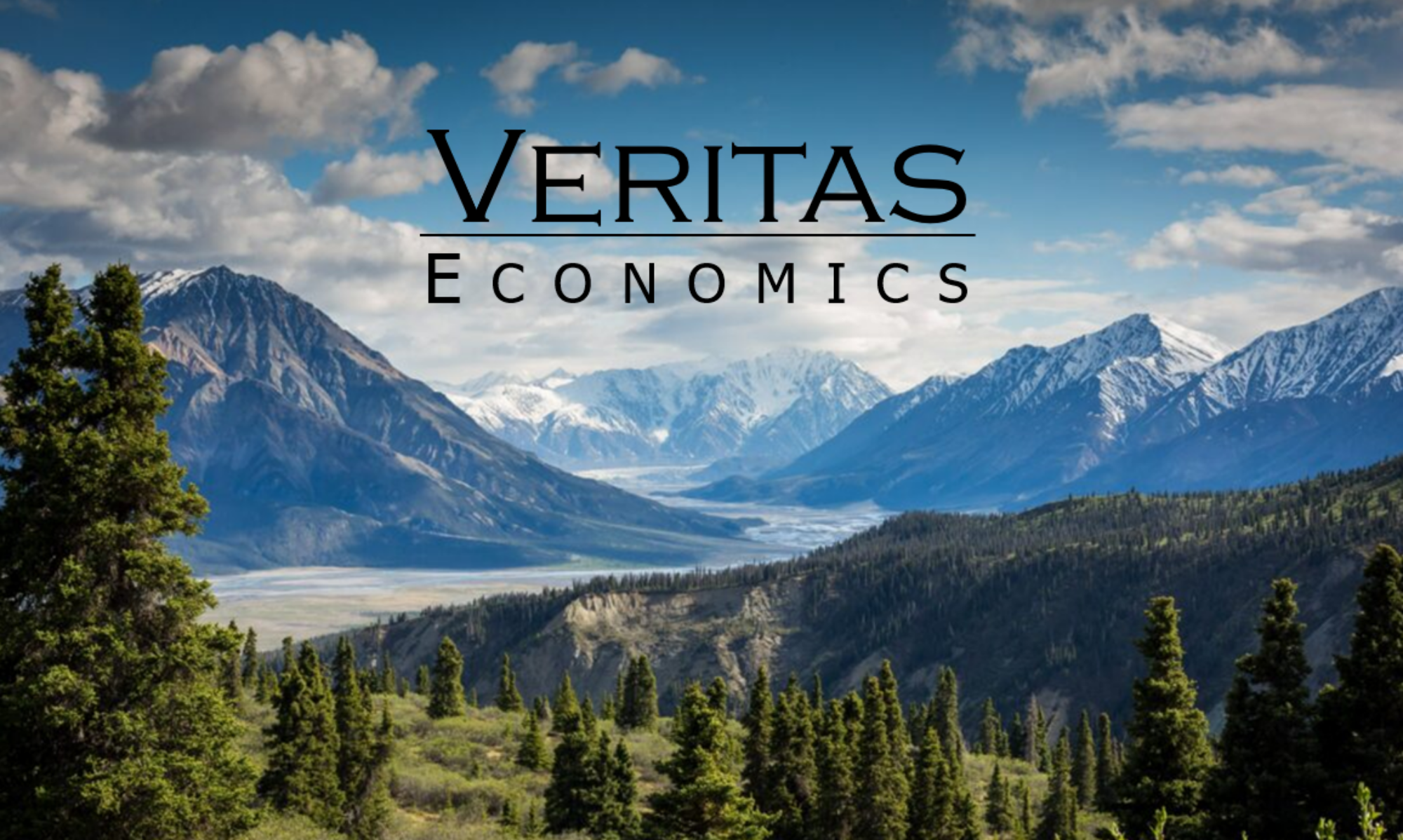Veritas conducts economic analysis to address its clients’ energy, environmental, and economic challenges including evaluating the economic components of offshore wind development. Veritas has worked on a number of economic aspects of offshore wind development including:
- Levelized cost of electricity (LCOE) and capital expenditure (CapEx) of wind energy area alternatives;
- Effects of offshore wind development and hydrogen generation on electricity production, prices, and excess capacity;
- Supply chain analysis;
- Commercial and recreational fishery impacts;
- Port-based, onshore economic impacts resulting from commercial and recreational fishery impacts;
- Economic impacts on local and state economies; and
- Strategic mitigation measures of commercial fishing impacts.
Example Projects
New Hamshire Offshore Wind Environmental, Economic, and Energy Impact Assessment
The significant developments of the U.S. offshore wind industry and recent improvements to floating wind turbine technologies has led to renewed discussion on the viability of potential offshore wind deployment in the Gulf of Maine (GOM). Bureau of Ocean Energy Management (BOEM) established the Gulf of Maine Intergovernmental Renewable Energy Task Force in December 2019 to facilitate coordination and consultation related to renewable energy planning activities on the Outer Continental Shelf in the GOM. The New Hampshire Department of Energy (NHDOE) allocated funds in October 2021 to assess the potential economic, energy, and environmental impacts to the citizens and businesses of New Hampshire from development of offshore wind projects in the GOM. This assessment focuses on providing the State of New Hampshire a high-level summary of several stakeholder input items that were categorized into five main topics: Economic Impacts to Maritime Industries and Activities, Energy Sector and Energy-Related Economic Impacts , Existing Infrastructure and New Infrastructure Needs, Environmental and Biological Impacts, and Permitting and Regulatory Issues.
Veritas evaluated and characterized the supply chain of offshore wind development to determine how the construction, deployment, operation, and support of offshore wind development in the Gulf of Maine affect the economies of New England states. Veritas incorporated the results of its offshore wind supply chain analysis into an input-output model to determine the economic impacts of offshore wind development in the Gulf of Maine on the economies of New England states.
Currently Active Confidential Projects
- Commercial Fishing Impacts of Offshore Wind Development in the New York/New Jersey (NY/NJ) Bight, off the Rhode Island (RI) and Southern Massachusetts (MA) coasts, and in the Gulf of Maine — Veritas has developed commercial fishing models to estimate the economic effects of offshore wind development on commercial fisheries in the NY/NJ Bight, off the coasts of RI and Southern MA, and in the Gulf of Maine. Veritas developed commercial fishing models to evaluate the potential effects that offshore wind development may have on the squid, mackerel, scallop, Jonah crab, silver hake, and lobster fisheries. The models evaluate changes in commercial fishing supply resulting from changes in harvest costs caused by a simulated closure of the lease areas to fishing. The models interact changes in supply with demand for the commercial fish species harvested in the lease areas. Veritas developed supply functions using vessel trip cost functions expressed in a spatial framework of ports and fishing sites. The function requires inputs on vessels and fuel costs as well as trip durations and distances. Fishery-specific vessel information is used to represent a typical vessel across size (tonnage, length) and gear type (pot, net, trawl) for the squid, mackerel, scallop, Jonah crab, silver hake, and lobster fisheries. Veritas created supply curves by integrating vessel cost information with data on commercial fishing trips. The results of the model provide the ability to evaluate changes in commercial fishing revenue and profit as a result of simulated changes in harvest at offshore wind lease areas.
- Recreational Fishing Impacts of Offshore Wind Development in the NY/NJ Bight, off the RI and Southern MA Coast, and in the Gulf of Maine — Offshore wind development has the potential to improve recreational catch rates because offshore wind areas can serve as artificial reefs. Veritas developed a recreational fishing demand model that simulates recreational fishing boat trips in the NY/NJ Bight, off the coasts of RI and southern MA, and in the Gulf of Maine under Baseline conditions (i.e., without offshore wind). The model then simulates changes in recreational fishing catch rates under With Offshore Wind conditions and evaluates changes in recreational fishing trips and angler wellbeing under the improved catch rates.
- Port-Based, Onshore Economic Impacts of Offshore Wind Development in the NY/NJ Bight and off the RI and Southern MA Coast —To understand the full impact of offshore wind development, the results from Veritas’ commercial fishing models are incorporated into an economic impact model to evaluate theonshore impacts at ports most likely to be affected by changes in commercial fishing harvest rates and revenue. The economic impact model provides insight into the potential effects on employment and economic output from decreases in commercial fishing revenue associated with offshore wind development.
- Development of Mitigation Strategies for Commercial Fishing Impacts from Offshore Wind Development in the NY/NJ Bight and off the RI and Southern MA Coasts, and in the Gulf of Maine — Offshore wind development is occurring in a complex and evolving fishery and ecology. Within this context, offshore wind developers interface with potentially affected commercial fishermen and are expected to mitigate and compensate those commercial fishermen for wind energy area impacts. Veritas has developed mitigation strategies that evaluate the relationship between its commercial fishing model results and regulatory mitigation requirements in the Bureau of Ocean Energy Management’s (BOEM) 2014 Final Report on Best Management Practices and Mitigation Measures.
